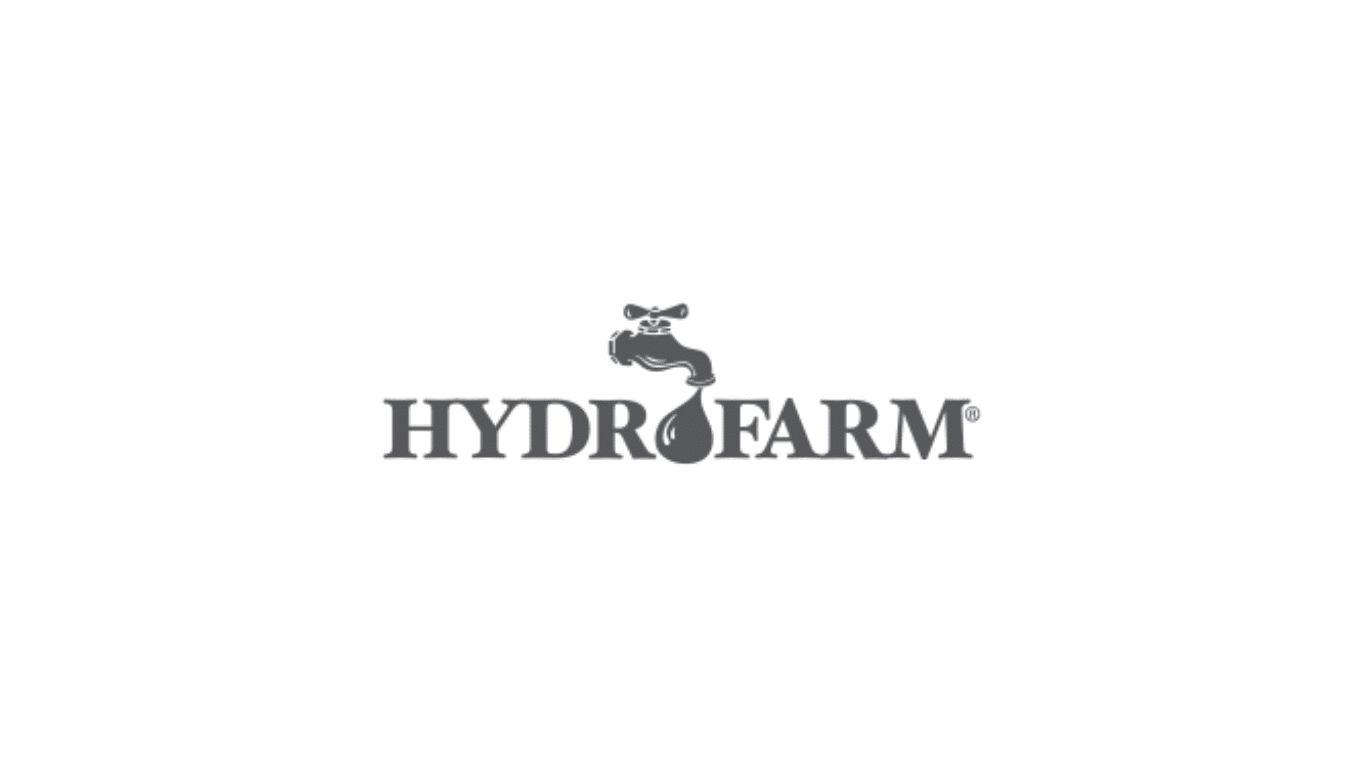Key Takeaways:
- Hydrofarm Holdings Group, Inc. (Nasdaq: HYFM) announced the appointment of Chris Yetter to its Board of Directors and Compensation Committee, effective October 1, 2025.
- Susan P. Peters has retired from the Board on the same date, citing personal reasons and not due to any disagreement with the Company.
- Yetter is the Founder and Chief Investment Officer of Dumont Global and a director at Minneapolis Cider Co.
- He brings experience in health, wellness, and U.S. regulated cannabis industry investments.
- Executive Chairman Bill Toler thanked Peters for her service and welcomed Yetter’s expertise.
Hydrofarm Board Appointment
Hydrofarm Holdings Group, Inc., (Nasdaq: HYFM) a manufacturer and distributor of hydroponics equipment and supplies for controlled environment agriculture (CEA), has appointed Chris Yetter to its Board of Directors and Compensation Committee, effective October 1, 2025.
The appointment coincides with the retirement of Board member Susan P. Peters, who stepped down on the same date to spend more time with family. The company confirmed that her decision was not the result of any disagreement with Hydrofarm regarding its operations or policies.
Background on Chris Yetter
Yetter has served since 2018 as the Founder and Chief Investment Officer of Dumont Global, a private investment partnership affiliated with Dumont Master Fund LP, a long-standing Hydrofarm shareholder. He also serves on the board of Minneapolis Cider Co. (Trail Magic), a producer of cider and hemp-derived beverages.
With a background as a professional investor, Yetter has focused on public companies in the health and wellness sectors, including a portfolio in the U.S. regulated cannabis industry.
Hydrofarm's Leadership Transition
Bill Toler, Executive Chairman of Hydrofarm’s Board, commented on the changes: “On behalf of the Board of Directors, I would like to express our extreme gratitude to Susan for her leadership and many contributions to Hydrofarm over the past five years. In addition, we are pleased to have Chris join the Board. His strong investment background and industry experience will be a great asset to the Board and management team.”



1 Comment